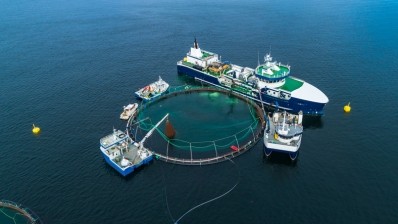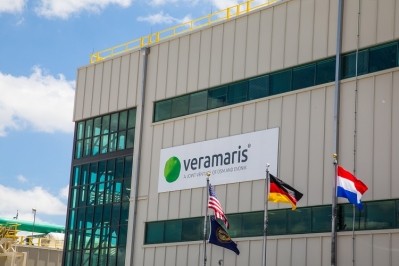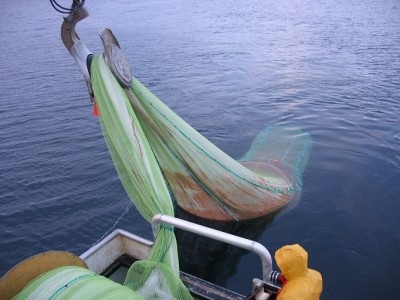DHA and EPA rich algal oil JV to reach commercial stage in 2019

This week saw the two partners formally establish a new company, Veramaris, for the production of eicosapentaenoic acid (EPA) and docosahexaenoic acid (DHA) from natural marine algae for animal nutrition.
The product is marketed as an alternative to fish oil from wild-caught fish, a finite resource.
The 50:50 joint venture is headquartered at the DSM Biotech Campus in Delft, in The Netherlands.
Commercial quantities of the DHA and EPA rich algal oil will be ready for sale in 2019, while pilot quantities for market development purposes are already available, they added.
“The initial annual production capacity will meet roughly 15% of the total current annual demand for EPA and DHA by the salmon aquaculture industry.”
Karim Kurmaly, who has a marine biology background, is the new CEO of Veramaris. He has been with DSM for more than 16 years, most recently as VP animal nutrition and health in Asia Pacific.
Frank Beissmann, an engineer, has been appointed CFO of the joint venture. He been with Evonik for more than 20 years, holding various positions in production, supply chain, marketing and controlling.
DSM and Evonik announced their intention to start the joint venture in March 2017.
“Evonik and DSM bring complementary competencies to the joint venture,” a spokesperson for DSM told this publication in June last year. “DSM has expertise in the cultivation of marine organisms including algae and biotechnology capabilities in development and operations, while Evonik’s focus has been on developing industrial biotechnology processes and operating competitively large-scale manufacturing sites for fermentative amino acids.”
Facility details and market
The Blair site was selected to take advantage of Evonik’s operational experience for large-scale biotechnology operations. Evonik currently has had a facility in that area producing the amino acid lysine for about 20 years, and the new plant would be adjacent to that location.
The plant will also have access to raw materials needed in the production process.
The algal oil generated is set to be available globally, the spokesperson said. However, initial products are going to be focused on use in two feed markets – salmon aquaculture and pet food.
“DSM and Evonik are also pursuing applications for other aquatic and terrestrial animal species,” he said.
Omega-3 production
The facility is a “backward integrated site,” said the DSM spokesperson. It was built to allow for large-scale fermentation for concentrated algal oil.
“We expect the supply of raw materials needed for producing the omega-3 source to be excellent and reliable thanks to the adjacent site of Cargill with whom there is a long-established partnership.
“The strain we use, Schizochytrium, is a heterotrophic organism producing both omega-3-fatty acids EPA and DHA,” he said. “It is particularly suitable for large-scale fermentation processes, as it does not depend on sunlight.”
The companies said that the product is the first liquid, non-fish based source of omega-3 and that it offers a high concentration of active ingredients – comprising more than 50% of the product.
“Feed and pet food producers can apply it in the same way that fish oil is currently used,” the spokesperson said. “This is one of the great advantages; there is absolutely no need to change processes since our product can easily be introduced in existing operations.”








